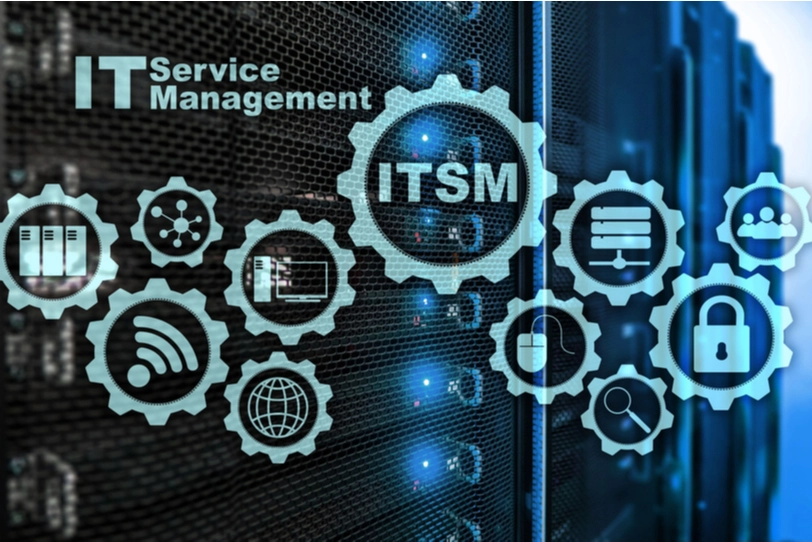
IT service management
ITMS
IT service management
(ITSM) is the process of aligning enterprise IT services with business and a primary focus on the delivery of best services to end user.
IT service management deals with how IT resources and business practices in together, are delivered in such a way that the end-user experience the most desired result from the accessed IT resource, application, business process or an entire solution stack.




